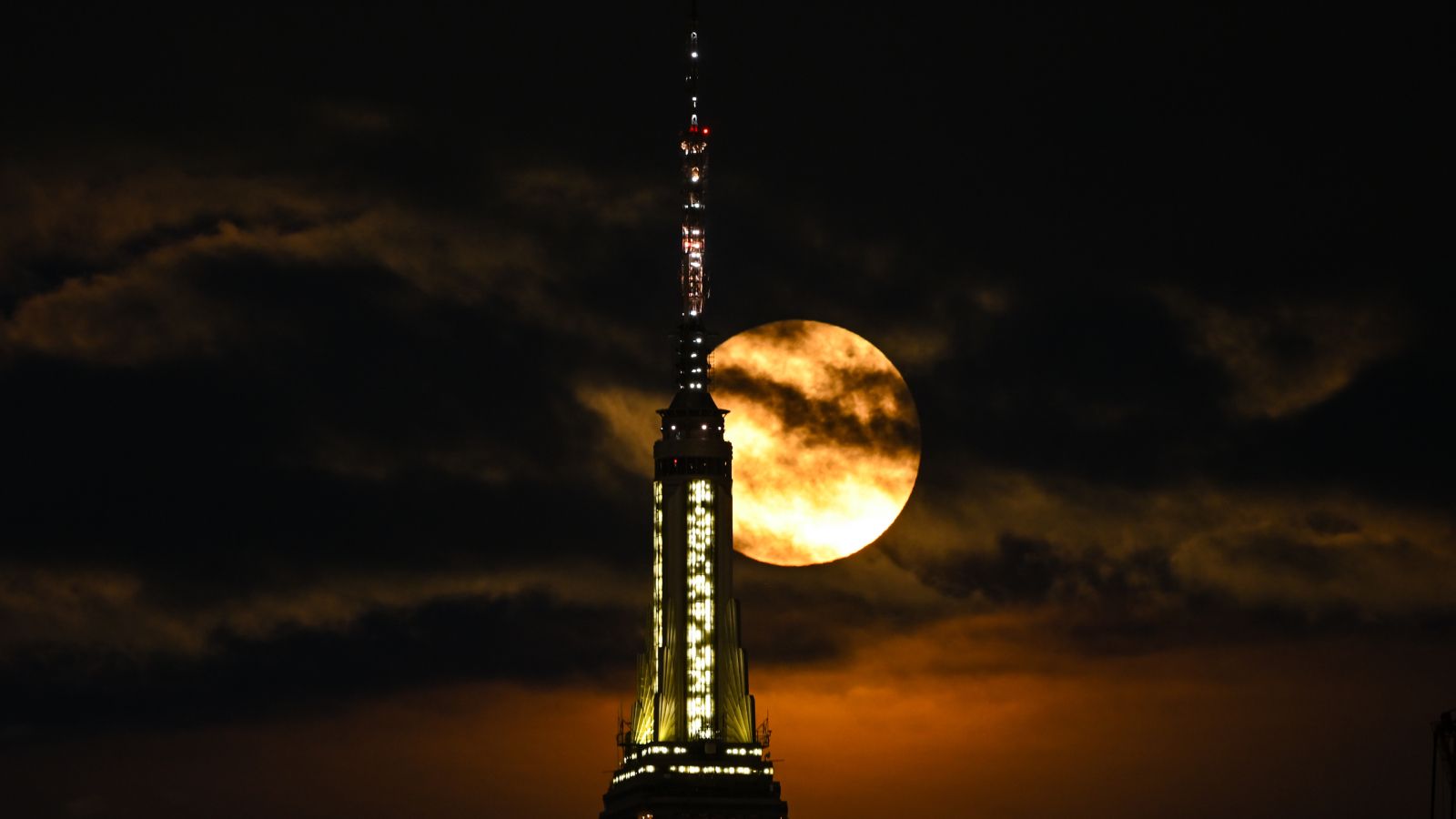
June's Strawberry Moon: A Rare, Low-Hanging Lunar Spectacle
Tonight, as twilight fades and the stars begin to appear, don’t forget to glance toward the southeastern horizon. Why? Because we’re being treated to one of the rarest and most enchanting lunar events in nearly two decades: the Strawberry Moon. But this isn’t just any full moon. It’s the lowest full moon since 2006 — and the lowest we’ll see again until 2043.
This full moon gets its sweet name — the “Strawberry Moon” — from Native American Algonquian traditions. It marks the time of year when strawberries ripen and are ready to be harvested. While the name doesn’t refer to the moon’s color, you might still spot it taking on a golden or even reddish-orange hue as it rises. That warm tone is due to the scattering of light in Earth’s atmosphere — the same reason sunsets look red. And because it hugs the horizon, it also appears unusually large — a visual trick known as the "moon illusion."
Also Read:- Athletics Seek Redemption as Angels Hold Season Series Grip
- Kikuchi Dominates as Angels Outlast A's Despite Clarke’s Heroics
So why is this moon riding so low in the sky? The answer lies in a rare celestial phenomenon called the major lunar standstill . The moon’s orbit is tilted about 5 degrees relative to the Earth’s orbit around the sun. Over an 18.6-year cycle, the gravitational pull of the sun causes that tilt to shift — and right now, we’re at the peak of that shift. During this time, known as a major lunar standstill, the moon rises and sets at more extreme angles. Since this full moon comes near the summer solstice, when the sun is at its highest point in the sky, the moon — directly opposite the sun — takes the lowest possible path.
Depending on your location, this moon might barely rise above the horizon. In cities like Fairbanks or Reykjavík, it may not even appear at all. But in most parts of the Northern Hemisphere, it’ll make a dramatic and unusually low sweep across the sky.
If you're up late — or just curious — the exact moment of the full moon occurs at 3:44 a.m. EDT on June 11. But you can see it in its glowing glory shortly after sunset on June 10, when it first climbs above the horizon. Don’t miss this one. Whether you’re a stargazer, a photographer, or just a lover of nature’s rare treats, the 2025 Strawberry Moon is a sight worth pausing for.
And remember: we won’t see this combination of a full moon and major lunar standstill again until 2043. So tonight, tilt your gaze a little lower and savor this low-hanging lunar gem while you can.
Read More:

0 Comments